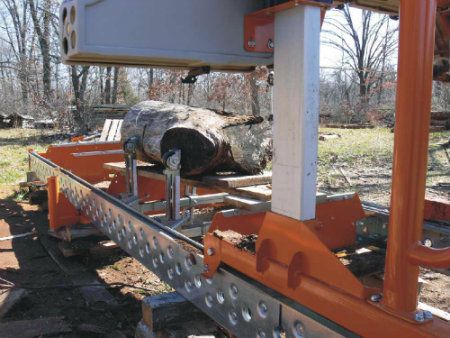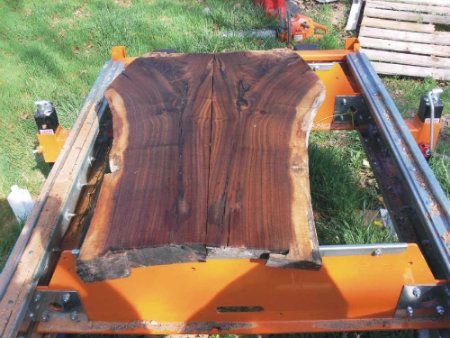I not looking for anyone to bash the other type, but in doing research I am having a hard time finding the Pros of a band over a swing? The one I do see is a bandmill handles small logs easier but it is still doable with a swing might just need to secure it a bit more.
Basically I am just looking for Pros/Cons of the either mill you can give, maybe just asking here will get me answers I might not be seeing just doing searches.
It seems that everything "can" be done with both (i.e. quartersawing) the biggest thing is portability and not having a lot of equipment to move logs around, seems easier to build the mill around the log like the swing.
Thanks
Basically I am just looking for Pros/Cons of the either mill you can give, maybe just asking here will get me answers I might not be seeing just doing searches.
It seems that everything "can" be done with both (i.e. quartersawing) the biggest thing is portability and not having a lot of equipment to move logs around, seems easier to build the mill around the log like the swing.
Thanks

























































 Many times its a combination of both bow and sweep in the lumber. No matter how well you stack and weigh that framing lumber down, it'll never frame up a good wall. JMO All depends on what quality you're looking for.
Many times its a combination of both bow and sweep in the lumber. No matter how well you stack and weigh that framing lumber down, it'll never frame up a good wall. JMO All depends on what quality you're looking for.





